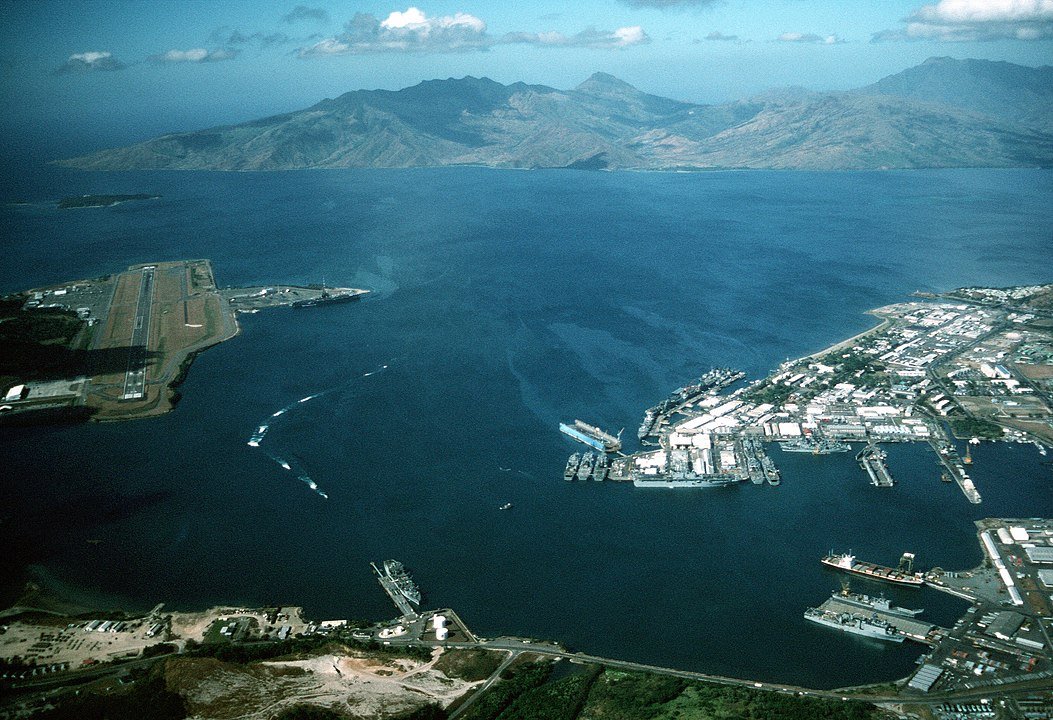On Thursday, Kyodo News reported that 30 years to the day of the US closing her largest overseas military base in Subic Bay, Philippines, the Pentagon would be reestablishing a foothold there.
Subic Bay is on the west coast of the Philippine island of Luzon on the South China Sea and could be the front line for any future conflict with China in the region.
The Philippines is one of the US’ largest non-NATO military allies, and under the framework of the Enhanced Defense Cooperation Agreement (EDCA), Manila and Washington are in talks to construct 5 additional military installations, and organize a pre-positioning of weapons on the island.
By 1990, the former Subic Bay Naval Base had grown to be 262 square miles, the same size as Singapore, and was the largest overseas base on Earth. On any given day, 30 combat and military supply vessels might be found there.
Since its closing 30 years ago, Subic Bay has become a bustling free port of 150,000 people, all of which operate in the geopolitical spider’s web of the South China Sea.
The decision follows an incident where a Chinese Coast Guard rigid hull inflatable boat approached a Philippine naval ship that was towing debris back to the island of Thiton, a contested island currently held by the Philippines. The Chinese ship tried twice to block the latter’s passage before cutting the tow rope and making off with the object.
Chinese officials stated instead that the debris, which reports said appeared to be Chinese rocket parts, was negotiated amicably between the vessels.
These sorts of flashpoints highlight the extreme sensitivity of the region, why the US might want to expand its presence there under the military treaty they have with the Philippines, and why the current escalatory policies of the Biden Administration, building on those established under former-President Trump, are so dangerous.




